best leica point and shoot
If you are looking for a Leica point and shoot to slip in your pocket and make interesting photographs, you are in the right place. Here's 5 great point and shoot cameras that are worthy of the Leica name.
Can the real Leica point and shoot please stand up?
Houston, we have a problem. So you are looking for Leica point and shoot cameras, right? There is good news and bad news. The bad news is, Leica has pretty much abandoned this type of camera in favor or larger compact cameras.
It is an understandable move because smartphones have simply killed this camera form as they get better every year.
The good news is, it does have one modern point and shoot, but the rest of this list, you will have to look in the used market to get your Lecia point and shoot fix. Also, most of the digital cameras are partnership cameras, made with Panasonic.
Hi, I'm Sven the Leicaphile and below is the list of the Leica point and shoot cameras worth your time, if you don't like the selection, you might want to check out the best Leica compact cameras list instead.
Leica point and shoot lists
| Name | Sensor Size | Megapixels | Focal Length (35mm) | Aperture | Article | Get it here: |
|---|---|---|---|---|---|---|
| 1. Leica C-Lux | 1 inch | 20.1 | 24-360mm | 3.3-6.4 | More info | Check Price |
| 2. Leica C Typ 112 | 1/1.7″ | 12.1 | 28-200 | 2-5.9 | More info | Check Price |
| 3. Leica D-Lux 6 | 1/1.7″ | 10.1 | 24-90 | 1.4-2.3 | More info | Check Price |
| 4. Leica D-Lux 5 | 1/1.63″ | 10.1 | 24-90 | 2-3.3 | More info | Check Price |
| 5. Leica D-Lux 4 | 1/1.63″ | 10.1 | 24-60 | 2-2.8 | More info | Check Price |
1. Leica C-Lux
The only Leica point and shoot camera currently available
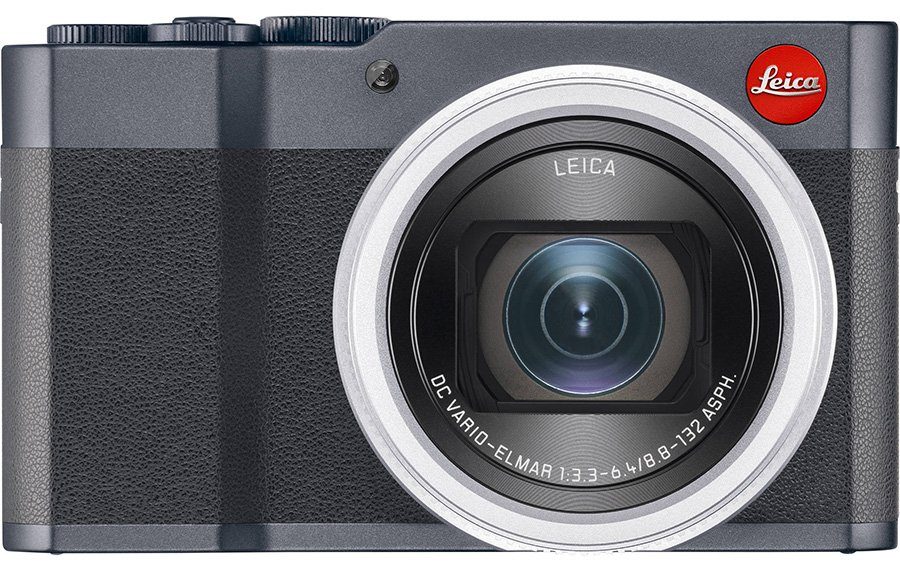
| Reasons to buy | Cons |
|---|---|
| + The only choice + 1 inch sensor + Amazing video + Sharp images + Zoom range | – Slow aperture speeds – Inconsistent IQ |
This camera wins the list of the best Leica point and shoot cameras by default. It's not like there's a choice, it's the only one currently in production and gets the crown for that specific purpose. If all you want is a camera where you literally point and then you shoot, this is it.
This is simply a great camera for that purpose. Photographers used with the older Leica point and shoots with their fast lens will be disappointed in the maximum 3.3 to 6.4 aperture. But if you are not one of them, they can eat their heart out! This is a 1 inch sensor that has a mind boggling 24 to 360mm lens!
So it has a built-in wide angle for anything from street photography to really long telephoto that sees far enough for bird photography. It has a wonderful macro mode and with that sensor size, produces quite wonderful Bokeh (out of focus areas) when in macro.
When in normal mode, and zoomed in completely at small apertures, the Bokeh is also quite pleasing but nothing that matches larger sensors and fast lenses.
Did I mention that it fits in your pocket? It's crazy that such a zoom range can be crammed inside a tiny camera body like this, and there's also space for a viewfinder. It has top of the shelf stabilization, so that helps reduce the chances of blurry pictures.
Is it all great and dandy? No. The lens is slow and is even slower at the telephoto end. It can go from f3.3 to f6.4 so not really great for night photography. Also the camera is pretty inconsistent when it comes to image quality. Once you hit the 20mm the images becomes soft and fuzzy and the highlights get blown.
It's great for video as it can shoot 4k and that stabilization makes things really smooth. Additionally it has 10 frames per second so that it makes it that more likely that you will get the shot you are after. Since this has Leica's stamp of approval on it, the images coming out of it are sharp and contrasty. Image sample:

[1]

[2]
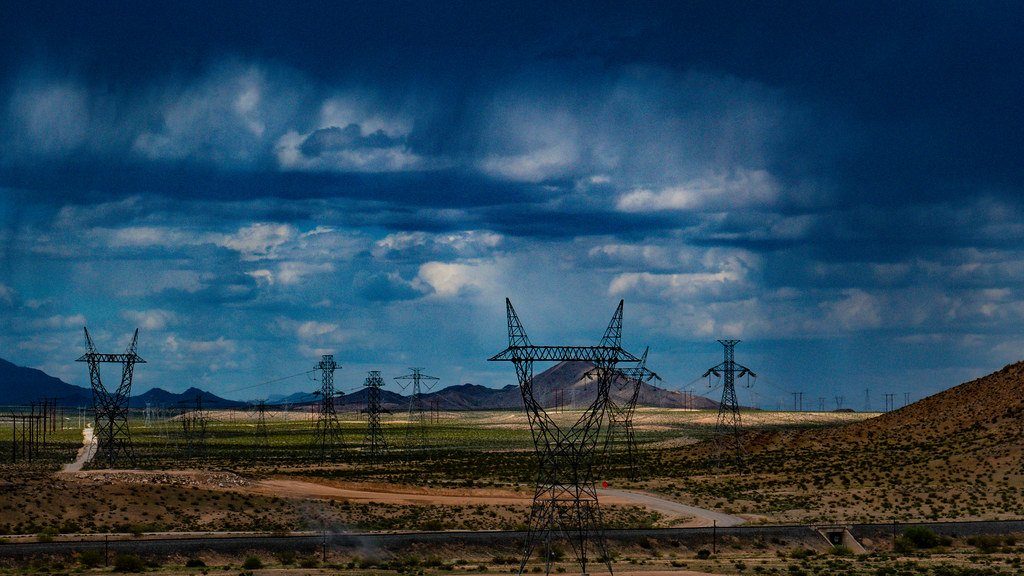
[3]

[8]

[5]
Click here to check for the best C-lux price online.
2. Leica C Typ 112
The best Leica point and shoot if you don't mind the used market
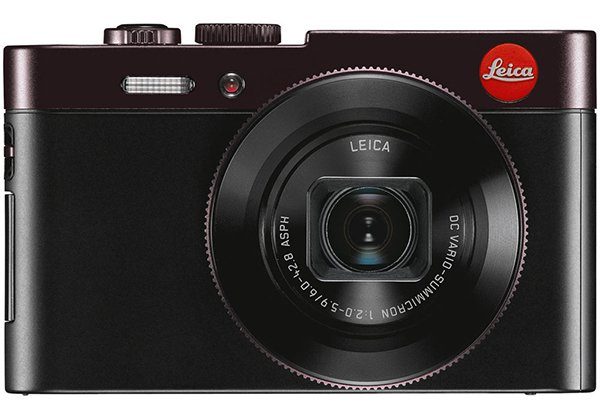
| Reasons to buy | Cons |
|---|---|
| + Small + Integrated viewfinder + Nice zoom range + Fast at wide angles + Use the front ring to change settings | – Not in production |
If you think the Leica C-lux is nice but would like a faster lens, read on. This camera is the previous model and can only be found used because of that. It is understandable that this camera has been refreshed because it has a smaller 1/1.7 inch sensor (vs the C-lux's 1 inch) and it has a much more smaller zoom from 28mm to 200mm, but what it has is also a fast lens.
The camera can go as fast as f2 on the wide end all the way to f5.9 at the telephoto end. Considering how tiny this camera is 4.1 x 2.5 x 1.1 inches, it is quite the feat. If you are not into hardcore photography, go for the C-Lux, if you are a photographer, the Leica C typ 112 might be for you.
It really boggles the mind that something so small could also have an integrated electronic viewfinder. Just like the follow up camera it has a great macro mode and can shoot 1080p videos. The stabilization is quite good to reduce shake and it is one of the most impressive Leica point and shoot cameras due to its size. Leica C Typ 112 sample images:

[1]

[2]

[3]

[4]

[5]

[6]

[7]

[8]

[9]
Click here to check for the Leica C best price.
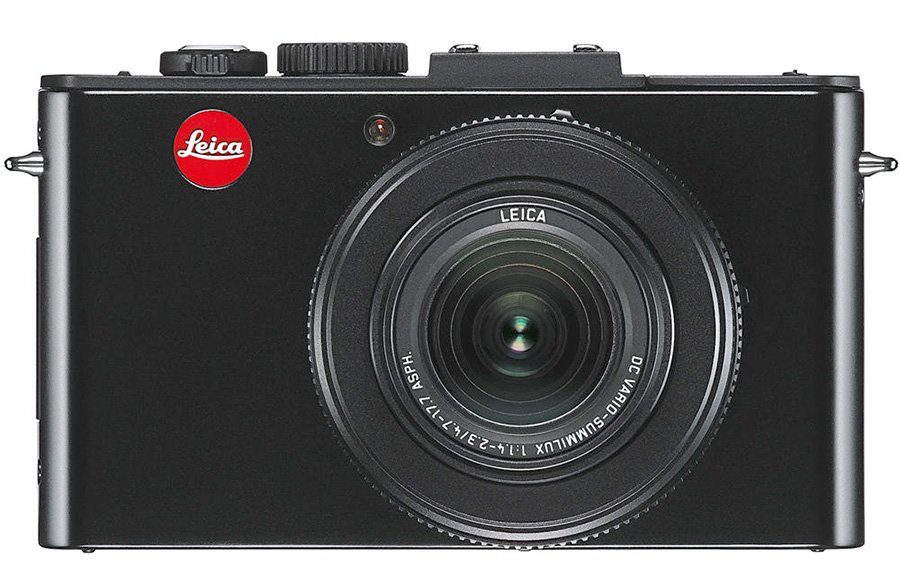
| Reasons to buy | Cons |
|---|---|
| + Great IQ + Great zoom rang + FAST lens + Pocketable | – Not in production – External viewfinder – Vintage screen |
There's a definite shift that happened to Leica point and shoot cameras. Before these used to be cameras that photographers would enjoy and now it's more on the consumer side of things because Leica expects photographers to go for their larger compact cameras.
Before the whole compact craze, the Leica D-Lux 6 was the ruler. It has a fast lens, faster than all of the previous ones mentioned. It went from 24mm to a more respectable 90mm, so from wide angle to moderate telephoto and the aperture was quite fast.
It has a smaller sensor of 1/1.7″ that is the same as the C typ 112 but smaller then the 1 inch of the C-lux.
The camera can go from f1.4 at the wide end, to f2.3 at 90mm. Quite a feat. For such speeds it is not as small as the C cameras but still small at 4.4 x 2.6 x 1.8 inches. The specs still hold up today as there's 10 megapixels of sharp and juicy images this camera can do. More images samples and facts here: Leica D-Lux 6 review.
While the newer cameras has electronic viewfinders built in, this one comes as an added accessory, the but the flip side is that the viewfinder can flip up (pun intended) and become an angled finder.
The screen is definitely vintage (460,000 Pixels) but the image quality makes up for it when you go home and check your images.
Here are some Leica D-lux 6 sample images:

[1]


[3]

[4]

[5]

[6]
Click here to check for best price of the D-lux 6 online.
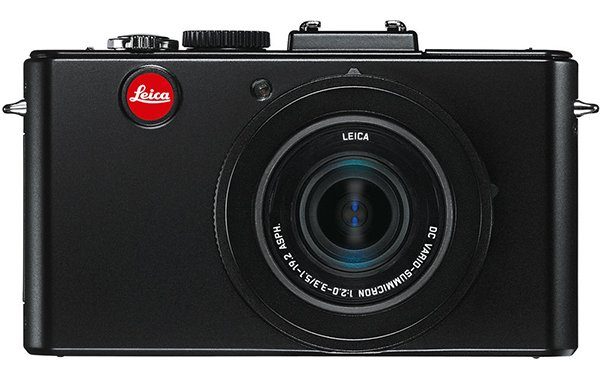
| Reasons to buy | Cons |
|---|---|
| + Nice zoom range + Fast lens + Aperture ring in front + Optional viewfinder | – No integrated viewfinder – Vintage screen |
If budget is an issue, it's time to go back and go even further than the D-Lux 6 to get to the even older king of Leica point and shoots: The Leica D-Lux 5.
It is similar to the follow up in many ways but more affordable. It has the same zoom range of 24-90mm but a slower aperture of f2 to f3.3 (the D6 is f1.4 to f2.3). It has a smaller sensor of 1/1.6.3″ but it is a slightly smaller camera because of that.
It has a solid 10 megapixels which is enough for large prints and the build is almost the same with the cool aperture ring in front so photographers have full control over the camera always. More information is available in my Leica D-Lux 5 review.
Just like all of the older D-Lux cameras, the screens are on the vintage side with 460,000 Pixels. Most modern cameras are in the millions. But who cares when it's the final images that count.
Here are some Leica D-lux 5 sample images:

[12]

[6]
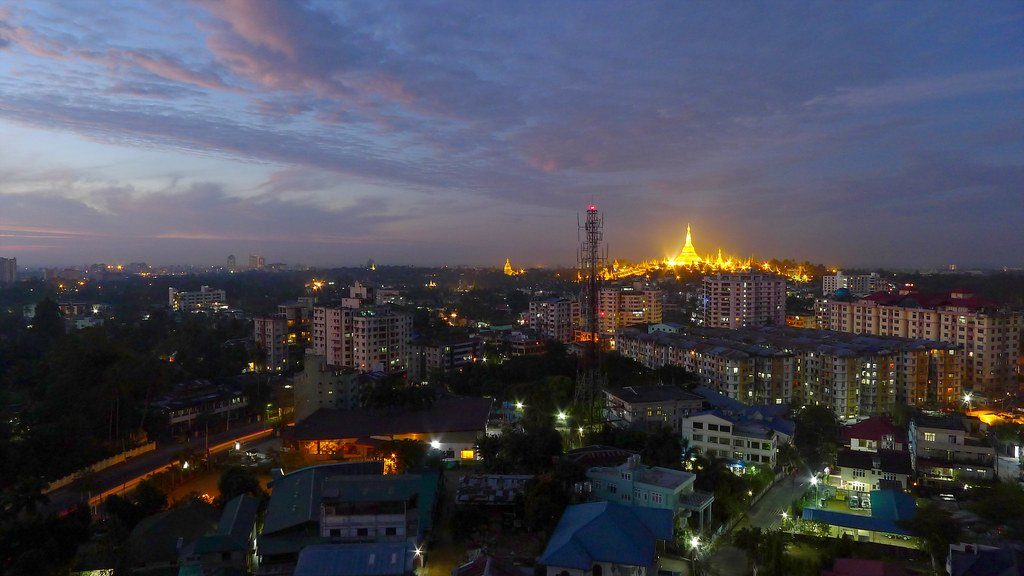
[7]
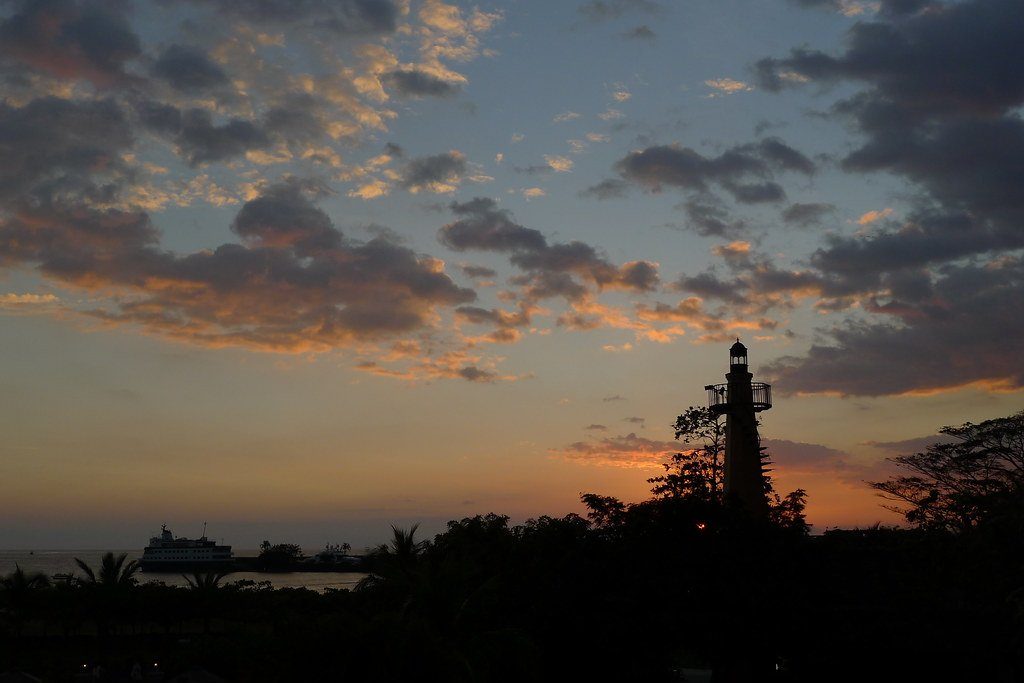
[8]

[9]
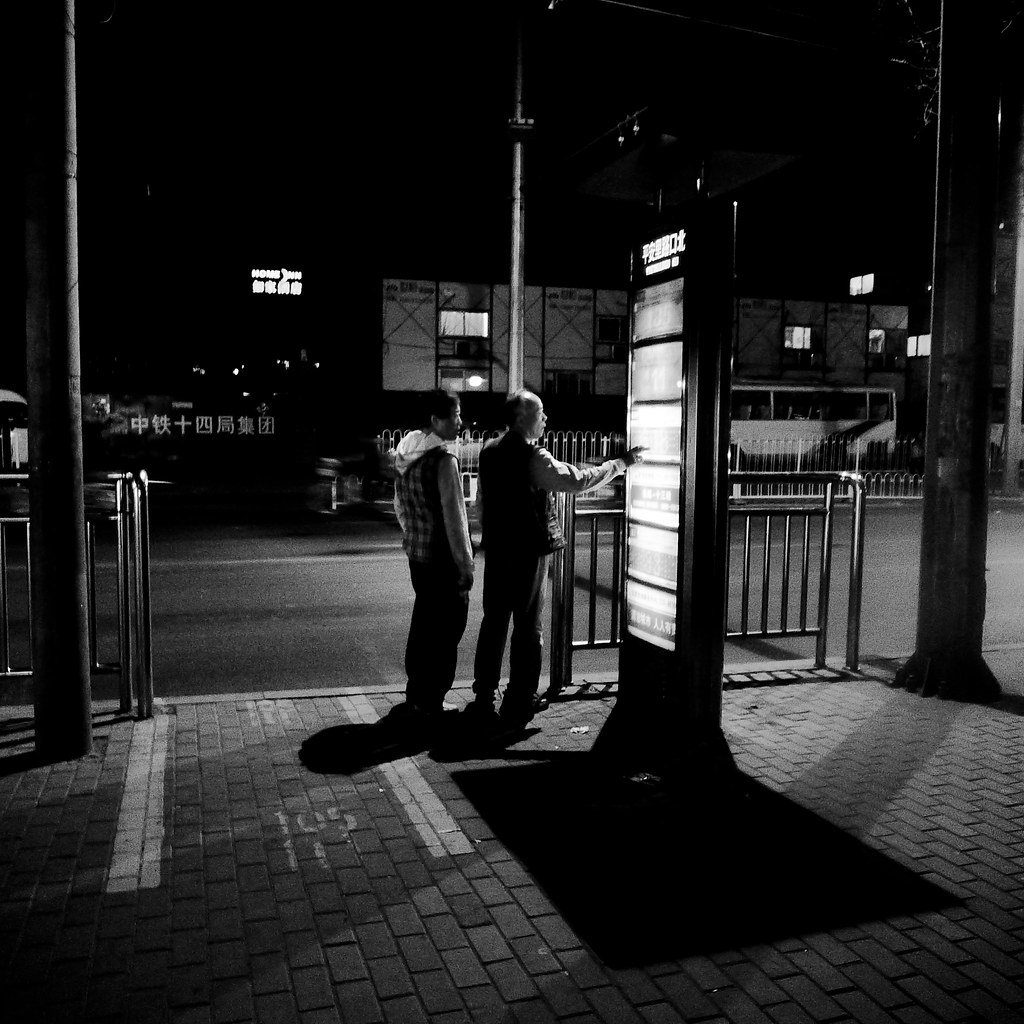

[11]
Click here to check best price for D-Lux 5.
5. Leica D-Lux 4
The older Leica point and shoot with a smaller zoom range

| Reasons to buy | Cons |
|---|---|
| + Even cheaper + Nice zoom + Fast lens aperture | – Old – Vintage screen – Shorter zoom – No electronic viewfinder accessory |
The D-Lux's get better with each passing model, but again, if the D5 and D6 are out of reach the D-Lux 4 might fit the bill. Just like all of the older D-lux cameras this is better kept as a still camera.
It has a nice but shorter zoom range from 24 to 60mm but a fast f2 to f2.8 aperture. It has no aperture change on the lens as we will later see with the D5. It is still a viable option even to this day with the 10 megapixels and 1/1.65″ sensor like the D5.
The images are clean as long as the ISO isn't set too high. You can find out more in the Leica D-Lux 4 review. The screen takes getting used to because it is low resolution for today's standards (460,000 Pixels). But once again it's the final images that count and they are wonderful. Here are some image samples of the Leica D-lux 4:

[1]

[2]

[3]

[4]

[5]
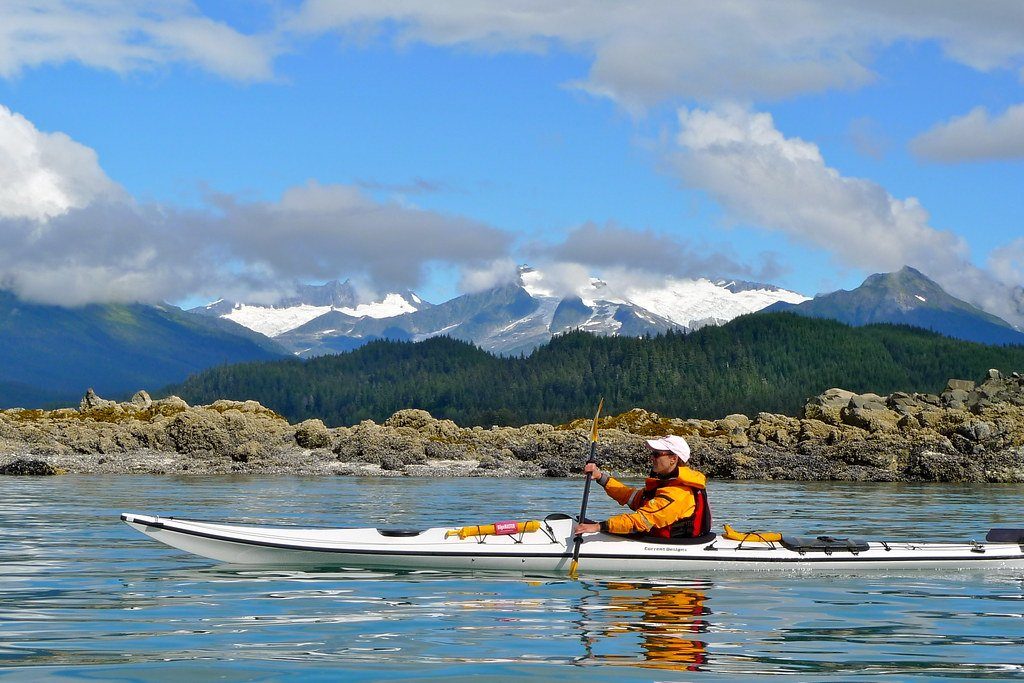
[6]

[7]
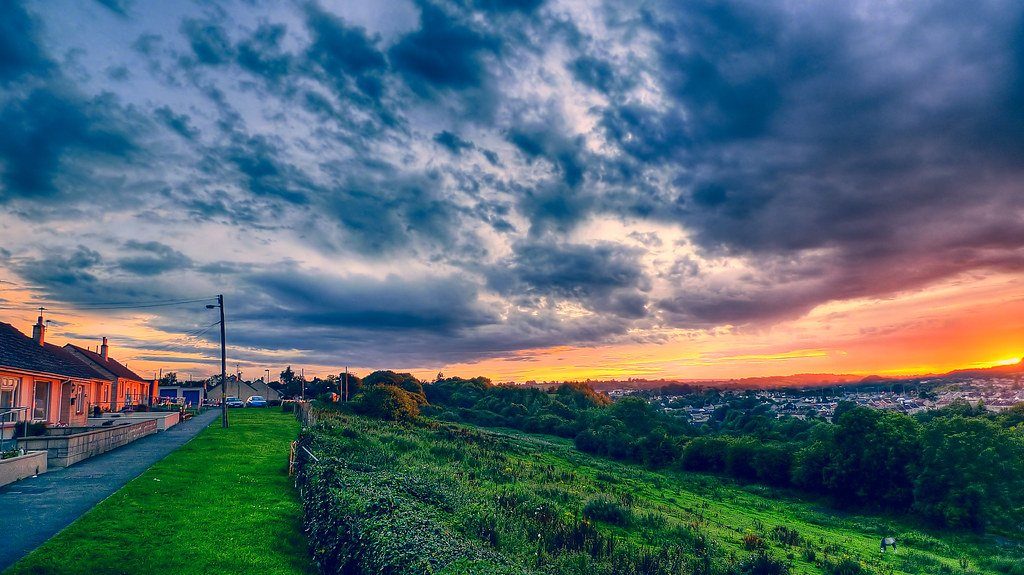
Click here to check best price for Leica D4.
Conclusion
I hope you enjoyed this article about Leica point and shoot cameras. Due to the proliferation of smartphones, the point and shoots are dying. But there's still some life left in the Leica point and shoot cameras above because smartphones simply cannot get you the image quality you need from a fixed lens vs a zoom.
The only current camera is the C-lux, recommended for non photographers that want to make their smartphone friends jealous of the crazy zoom range. Photographers will prefer the older Leica C Typ 112 because of the faster aperture in the wide angle side.
If you want a point and shoot that doesn't compromise on lens speed and is a "photographer's camera", the the D-Lux 6 is amazing. You'll have to deal with the vintage screens but the stunning image quality more than makes up for it.
If budget is an issue then the smaller sensor and fast lens of the Leica D5 and D4 respectively.
best leica point and shoot
Source: https://reddotcamera.net/leica/point-and-shoot/
Posted by: loftonbetwou.blogspot.com

0 Response to "best leica point and shoot"
Post a Comment